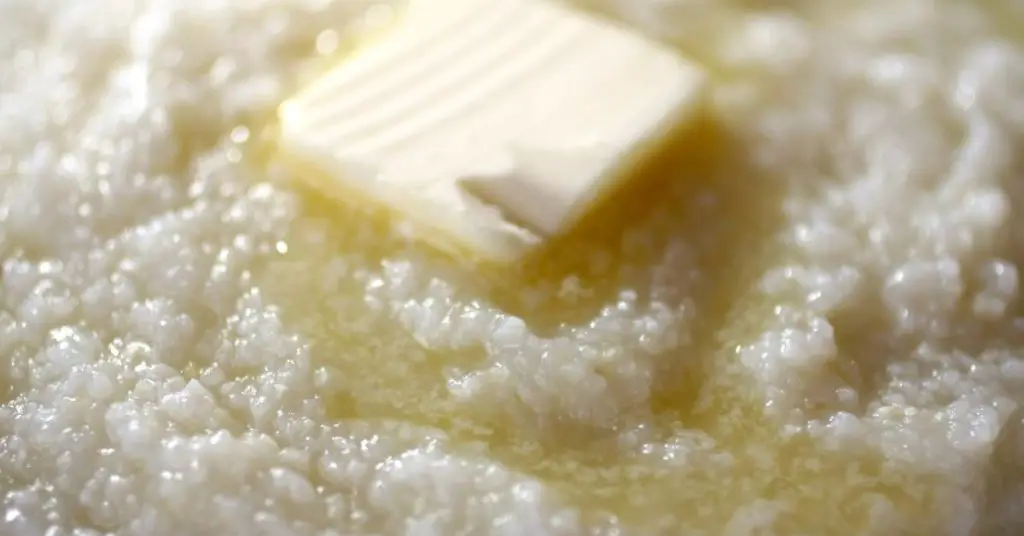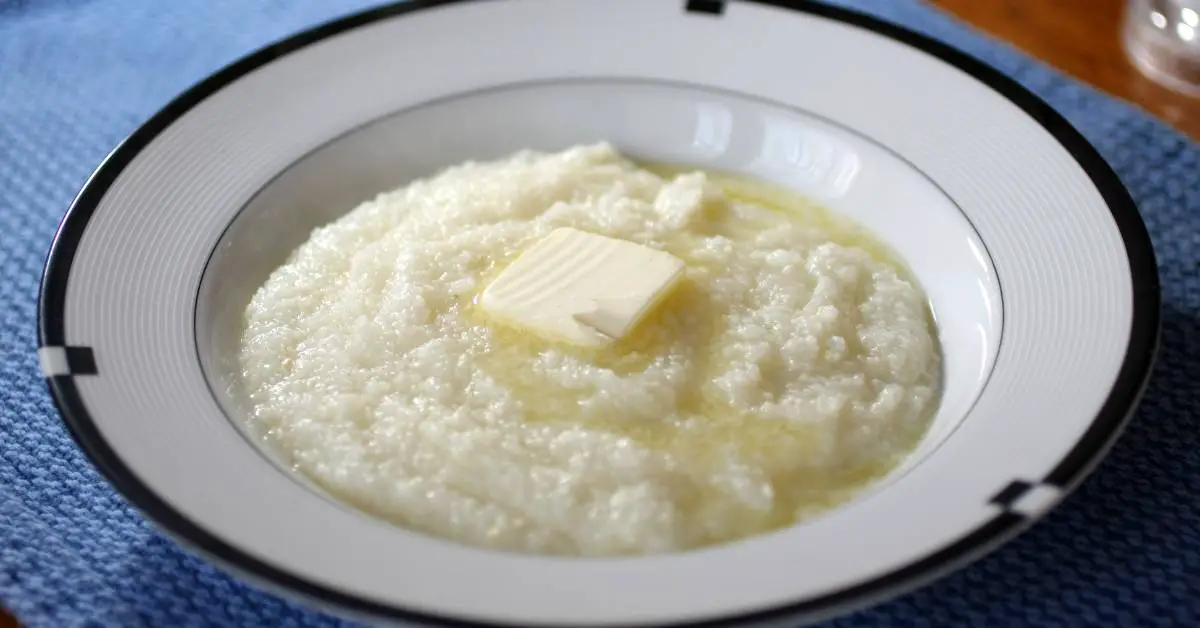Picture yourself in the heart of the South, where the sun-kissed fields stretch for miles and the aroma of home-cooked comfort fills the air. In these parts, there’s one dish that reigns supreme as the ultimate breakfast staple: grits.
This humble, hearty grain has captured the hearts and taste buds of many, becoming a beloved tradition passed down through generations. So, here’s the million-dollar question: “Are grits low histamine?”
Understanding Histamine: The Uninvited Guest at Your Culinary Party
Histamine intolerance is like an uninvited guest crashing your culinary party. Yet, it serves a useful function, assuming you can break it down and eliminate it from your body quickly. It’s a natural compound immune cells produce, and it’s also in certain foods. Histamine plays a crucial role in various bodily functions, but when too much builds up, it can cause health issues.
If you have histamine intolerance, consuming a high-histamine diet can cause a range of uncomfortable symptoms, such as headaches, skin rashes, digestive issues, and even respiratory problems. (1)
Histamine isn’t an exclusive troublemaker lurking solely in certain dishes; it’s in a wide array of foods. Fish, aged cheeses, fermented foods, and even some alcoholic beverages like wine can be high in histamine. (2)
On the other hand, fresh fruits, vegetables, and lean meats tend to have lower histamine levels. (with some exceptions)
But histamine levels in food aren’t set in stone. They can vary depending on several factors. For starters, the freshness of the ingredients plays a role.
Foods stored for longer periods or those that undergo extensive processing may have higher histamine levels.
Plus, the method of preparation, such as aging, fermenting, or curing, can influence histamine content. Even the conditions in which the food is stored, like temperature and humidity, can impact histamine levels.
The Histamine Content of Grits: Exploring Potential Triggers and Variations
So, what about our beloved grits? Are grits low histamine? The good news is grits, being a type of coarsely ground corn, usually have relatively low histamine levels.
Corn typically has a low histamine content, and since grits are made by grinding dried corn, they inherit this characteristic.
However, histamine content can still vary based on factors such as the freshness of the corn, and the processing methods they underwent.
While specific data on the histamine content of grits may be limited, anecdotal evidence suggests that grits are generally well-tolerated by individuals with histamine intolerance.
However, individual sensitivities can vary, and it’s always wise to listen to your body and keep a food diary to see how you respond to them. That’s a smart practice, no matter what food you eat. You’ll quickly discover how your body responds to specific foods, and whether they trigger histamine intolerance symptoms.

Consider How Grits Are Processed
Now that we know that grits generally have low histamine levels, let’s explore potential triggers of histamine intolerance specifically related to grits.
While the corn used in making grits typically has a low histamine content, cross-contamination during processing and storage can introduce histamine into the final product.
Therefore, it’s essential to consider additives, preservatives, or flavorings added to commercially packaged grits, as these can potentially contain histamine or trigger histamine release.
For example, yeast and malt extracts and some food colorings may contain histamine.
Processing methods play a crucial role in influencing histamine levels in grits. For instance, the duration and conditions of storage can impact histamine accumulation.
If the corn used to make the grits is stored for extended periods, especially under suboptimal conditions, histamine levels may increase.
Additionally, certain processing techniques like fermentation or aging, which are sometimes used in specialized types of grits, can potentially elevate histamine levels.
One way to avoid some processing issues is to choose stone-ground grits, since they are less processed, meaning they also retain more vitamins and minerals. The downside is they take longer to cook and spoil faster. As they spoil, their histamine content rises. So, use them quickly.
Making Histamine-Friendly Grits
Also, be aware of the impact of cooking and preparation techniques on histamine content. Heat and cooking can affect histamine levels in foods. For example, grilling and frying increase it while boiling can, in some cases, reduce the histamine content of food. (6)
However, some individuals with histamine intolerance may be sensitive to heat-damaged or aged foods, which could still trigger symptoms. So, find a balance between cooking the grits adequately and avoiding overcooking or reheating, which can increase histamine levels.
Considering the potential triggers, processing methods, and cooking techniques, it’s crucial to read labels, opt for fresh and high-quality corn-based products, and consider preparing homemade grits using fresh ingredients for better control over histamine content.
Are Grits Low Histamine?
. Generally, grits are low histamine levels due to the nature of the corn used in their preparation.
However, cross-contamination during processing, additives in commercial products, and certain processing techniques can potentially introduce or increase histamine levels in grits. Be mindful of these factors when evaluating the histamine content of grits.
Now, let’s analyze the potential risks and benefits of consuming grits for individuals with histamine intolerance. The good news is most people with histamine intolerance can tolerate grits without experiencing significant histamine-related symptoms.
Due to the generally low histamine levels in grits, they can be a suitable choice for those with histamine intolerance who are looking for a satisfying and comforting meal option.
Grits are a carbohydrate that you can pair with low-histamine toppings, such as fresh vegetables, lean proteins, or herbs, to create a well-balanced and enjoyable dish.
Grits are also surprisingly nutritious. They’re a good source of B-vitamins and contain some fiber. (5) Plus, they contain lutein and zeaxanthin, two antioxidants linked with a lower risk of age-related macular degeneration, a common cause of visual loss in older adults. (4) They’re also naturally gluten free.

Navigating Histamine Intolerance with Grits: Listen to Your Body
The manifestations of histamine intolerance differ from person to person. While some individuals may tolerate grits well, others may still experience symptoms due to individual sensitivities or variations in histamine metabolism.
Therefore, it’s important to listen to your body and pay attention to any potential reactions when consuming grits or any other food. One way to monitor your symptoms is to keep a food diary consistently.
When managing histamine intolerance while consuming grits, there are other factors to consider. Firstly, ensure you’re sourcing fresh and high-quality corn-based products. Opt for organic or locally sourced corn, if possible.
Also, consider the overall balance of your diet. Choose a variety of fresh low-histamine fruits and vegetables, and other low-histamine foods to ensure a well-rounded diet that meets your nutritional needs.
Vegetables also contain anti-inflammatory compounds that may be beneficial if you have histamine intolerance. (3)
Lastly, always consult with a healthcare professional or a registered dietitian for personalized advice. They can provide tailored recommendations based on your specific histamine intolerance and dietary requirements.
Conclusion
Are grits low histamine? While grits are generally considered to have low histamine levels, individual tolerance may vary. Find whether a bowl of granola for breakfast is safe if you have histamine intolerance.
By being mindful of potential triggers, choosing fresh ingredients, and preparing homemade grits, individuals with histamine intolerance can potentially enjoy this Southern favorite while minimizing the risk of histamine-related symptoms.
Also find out whether there are low-histamine breakfast cereals you can enjoy in the morning.
Listen to your body, seek professional guidance, and savor the deliciousness of grits in a way that works best for you.
References:
- Maintz L, Novak N. Histamine and histamine intolerance. Am J Clin Nutr. 2007 May;85(5):1185-96. doi: 10.1093/ajcn/85.5.1185. PMID: 17490952.
- Comas-Basté O, Sánchez-Pérez S, Veciana-Nogués MT, Latorre-Moratalla M, Vidal-Carou MDC. Histamine Intolerance: The Current State of the Art. Biomolecules. 2020 Aug 14;10(8):1181. doi: 10.3390/biom10081181. PMID: 32824107; PMCID: PMC7463562.
- Zhu F, Du B, Xu B. Anti-inflammatory effects of phytochemicals from fruits, vegetables, and food legumes: A review. Crit Rev Food Sci Nutr. 2018 May 24;58(8):1260-1270. doi: 10.1080/10408398.2016.1251390. Epub 2017 Jun 12. PMID: 28605204. Anti-inflammatory effects of phytochemicals from fruits, vegetables, and food legumes: A review – PubMed (nih.gov)
- Intakes of Lutein, Zeaxanthin, and Other Carotenoids and Age-Related Macular Degeneration During 2 Decades of Prospective Follow-up. (2023). Retrieved 12 June 2023, from https://jamanetwork.com/journals/jamaophthalmology/fullarticle/2448581
- “Grits: Types, Nutrition, Benefits, and Recipes – Healthline.” 05 Apr. 2019, https://www.healthline.com/nutrition/grits.
- Chung BY, Park SY, Byun YS, Son JH, Choi YW, Cho YS, Kim HO, Park CW. Effect of Different Cooking Methods on Histamine Levels in Selected Foods. Ann Dermatol. 2017 Dec;29(6):706-714. doi: 10.5021/ad.2017.29.6.706. Epub 2017 Oct 30. PMID: 29200758; PMCID: PMC5705351.Effect of Different Cooking Methods on Histamine Levels in Selected Foods. – Abstract – Europe PMC

